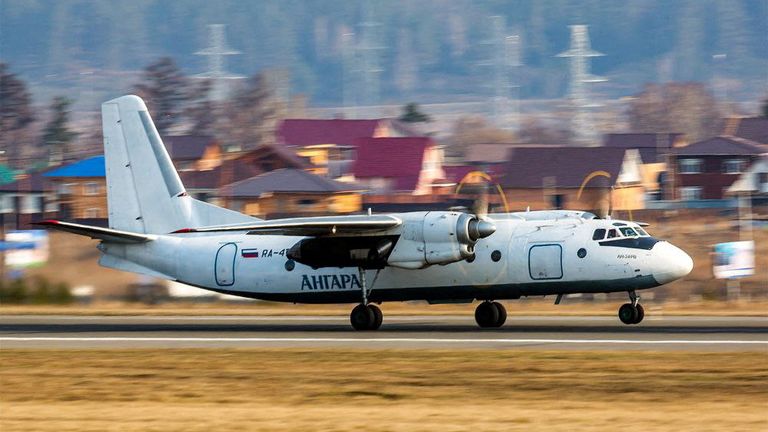In a devastating aviation accident, a passenger aircraft carrying 49 passengers and crew has crashed in Russia’s Far East. Authorities have confirmed the incident, stating that rescue operations are currently underway in extremely remote and challenging terrain. The crash site, located in a sparsely populated area, has complicated efforts by emergency teams to reach the wreckage swiftly.
Immediate Response: Rescue Teams Mobilize
Emergency services, including crash responders and local military units, have been dispatched to the crash location. However, access remains difficult due to limited infrastructure in the region. Officials are working to determine the number of survivors, assess the extent of casualties, and secure the area for investigation.
Air ambulances and helicopters are expected to assist in evacuating any injured individuals to nearby hospitals. Ground teams are coordinating with local authorities to support the operation as daylight hours permit safer access.
Preliminary Insights: Possible Causes Under Investigation
Eyewitness reports and initial satellite analysis suggest that the plane may have experienced engine trouble or fuel issues, leading to an emergency landing attempt in remote woodland. Weather conditions at the time were reportedly foggy with reduced visibility, although these factors have yet to be confirmed as primary causes.
Aviation authorities are preparing to examine flight data recorders and pilot communications once investigators gain full access to the site.
Human Stories: Families Await Updates
With dozens of individuals onboard, relatives and loved ones are anxiously awaiting official information. Emergency hotlines have been activated in nearby regional centers to assist families, while local officials work to expedite confirmation of identities and crisis support services.
The emotional toll is being felt across communities and states, with many calling for clarity and accountability.
Broader Implications: Safety Under Scrutiny
This incident highlights the challenges of operating aviation services in remote areas under adverse conditions. Questions are already being raised about:
- The age and maintenance of the aircraft
- Flight path protocols for remote regions
- Emergency preparedness for flights outside major corridors
- Quality of local air traffic and weather monitoring systems
The investigation’s findings may trigger reviews of safety standards and regulatory oversight for flights in similar environments.
What Happens Next: The Investigation Begins
In the coming days, authorities will:
- Recover flight recorders for analysis
- Interview survivors, witnesses, and air traffic control personnel
- Review aircraft maintenance logs and crew training records
- Issue preliminary findings on cause and casualties
- Provide updates on rescue and recovery operations
A final report will be released following a comprehensive review by aviation safety boards and investigative agencies.
Conclusion: A Region in Shock, A Mission to Understand
The crash of a passenger plane with 49 onboard in Russia’s Far East is a stark reminder of the fragility of flight in remote regions. As rescue teams continue efforts under harsh conditions, families and officials await clarity. The mission now is not only to recover the victims and survivors, but also to fully understand what went wrong and how similar tragedies may be prevented in the future.



Comments (0)
No comments yet. Be the first to comment!
Leave a Comment